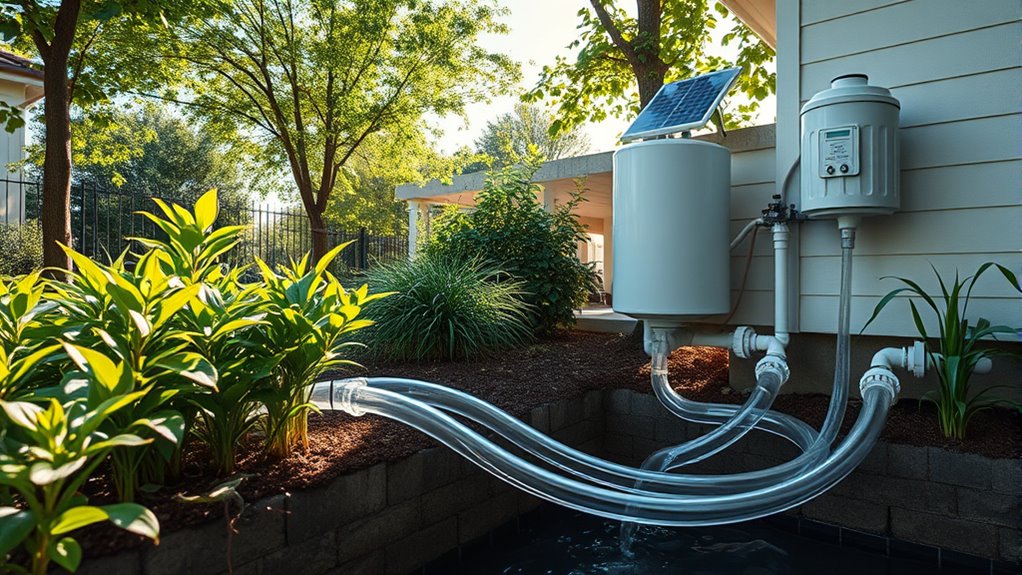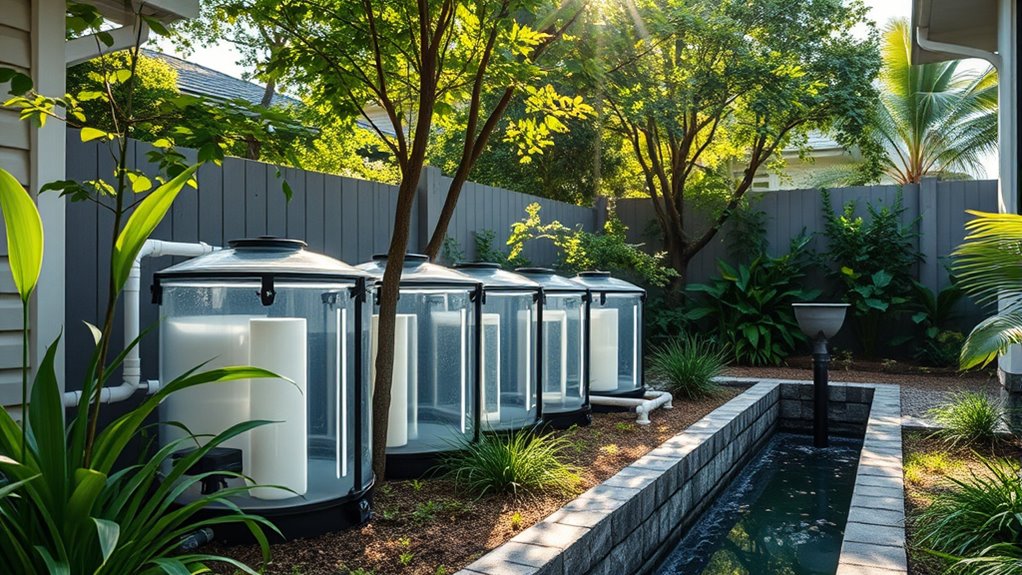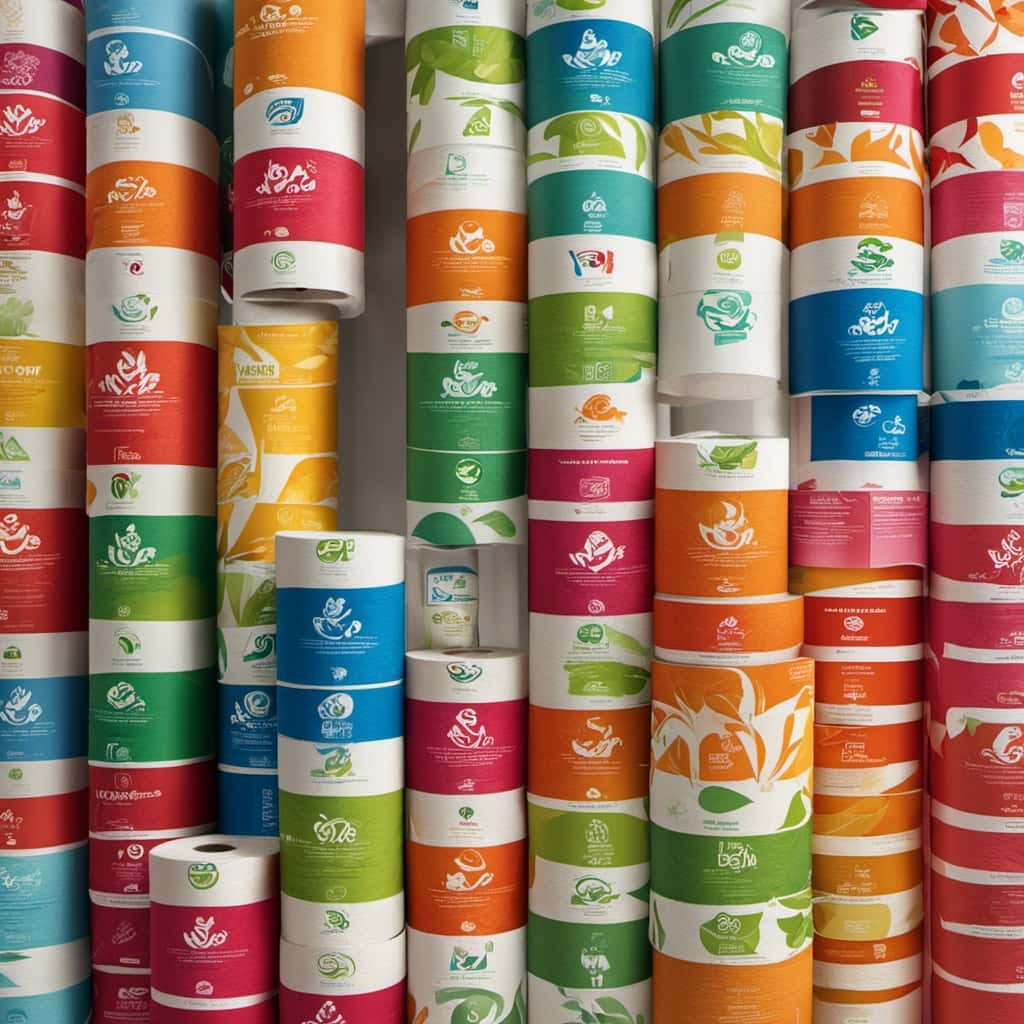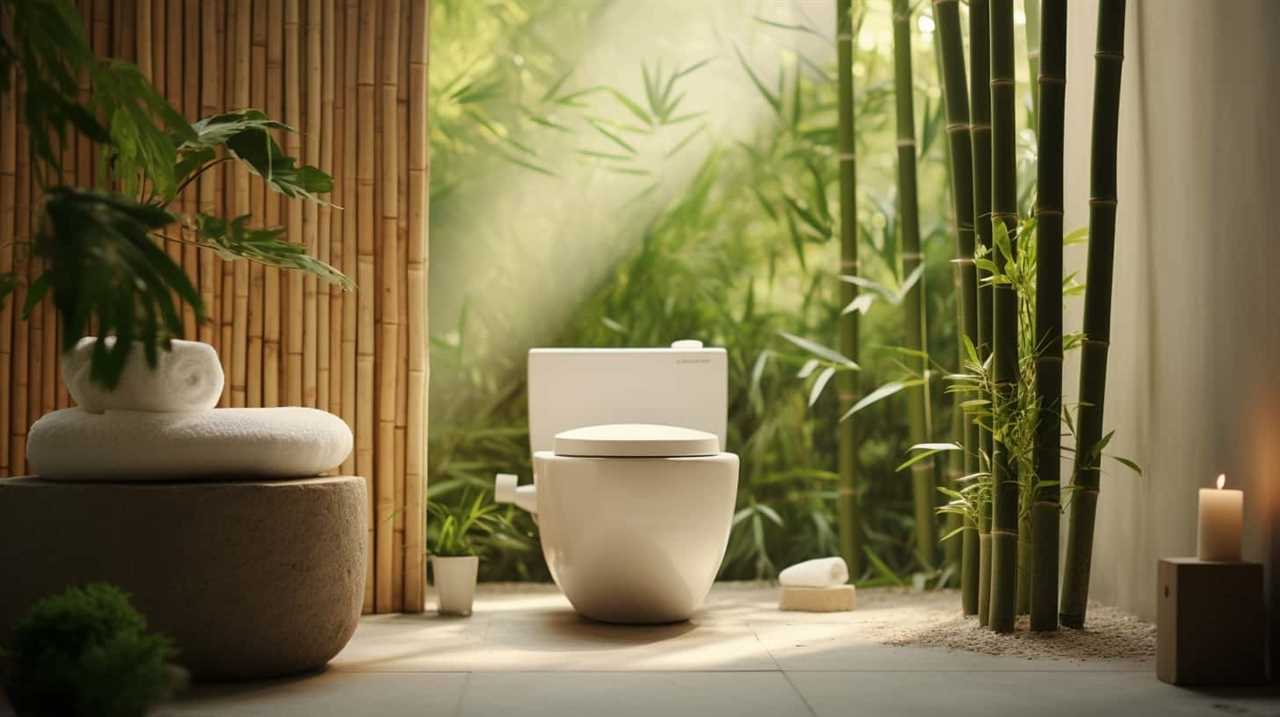A greywater recycling system in your home captures water from sinks, showers, and laundry to reuse for outdoor watering or flushing toilets. It involves installing filters or biological treatments to remove solids and contaminants, ensuring water safety. Proper setup requires fitting pipes, following local codes, and choosing the right system for your household size and landscape needs. With regular maintenance, you can maximize efficiency and safety—continue exploring to learn how to implement and maintain your system effectively.
Key Takeaways
- Understand the basics of greywater recycling, including collection sources and reuse options like irrigation and toilet flushing.
- Ensure proper water treatment through filtration or biological methods to maintain water quality and prevent system blockages.
- Follow local regulations and proper installation procedures to connect pipes, divert greywater, and prevent odors or mosquito breeding.
- Regularly maintain the system by cleaning filters, inspecting pipes, and ensuring accessibility for ongoing upkeep.
- Choose a system suited to household needs, space, and landscape requirements, incorporating safety features and routine maintenance for efficiency.

Greywater recycling systems offer homeowners an effective way to conserve water and reduce utility bills. If you’re considering installing one, understanding how water treatment and system installation work together is vital. These systems collect water from sources like sinks, showers, and laundry machines, then treat and reuse it for outdoor watering or toilet flushing. Proper water treatment ensures that the greywater is safe to use and won’t cause harm to plants or plumbing components. When you decide to implement a greywater system, paying attention to the water treatment process is key. You’ll want to choose a system that filters out solids, oils, and other contaminants, often through mechanical filters or biological treatment methods. This guarantees the water is clean enough for its intended reuse, preventing blockages or damage to your landscape or fixtures. Additionally, selecting a system with a reliable filtration method can significantly improve water quality and system longevity.
System installation involves more than just connecting pipes; it requires careful planning to comply with local regulations and plumbing codes. You’ll need to identify suitable collection points and determine the best way to divert greywater from your household drains. Many homeowners prefer professional installation because it guarantees the system is correctly set up, avoiding leaks or improper connections that could lead to water damage or health hazards. During installation, the system should be positioned in a way that minimizes odor or mosquito breeding, often incorporating venting or cover features. It’s also important to think about accessibility for maintenance and cleaning, as regular upkeep is necessary for the best performance.
Choosing the right greywater system depends on your household size, water usage, and landscape needs. Some systems are simple and cost-effective, suitable for small-scale watering, while others are more sophisticated, capable of treating larger volumes of greywater. When planning your system installation, consider the space available, ease of access, and how you’ll monitor its operation. Proper water treatment components should be included to guarantee the greywater remains safe over time, especially if you’re using it frequently. Be prepared to perform routine maintenance, like cleaning filters or inspecting pipes, to keep the system functioning efficiently.
Frequently Asked Questions
What Are the Initial Costs of Installing a Greywater System?
The initial costs of installing a greywater system typically range from $1,000 to $5,000, depending on your home’s size and the system’s complexity. You should consider equipment expenses like filters, pumps, and piping, which influence cost estimates. While installation might require professional help, investing upfront can save money long-term by reducing water bills and promoting eco-friendly living. Be prepared for potential additional costs if your system needs customization.
How Much Maintenance Does a Greywater Recycling System Require?
You’ll find that a greywater recycling system requires regular maintenance to keep it running efficiently. You should perform system cleaning monthly and check for any buildup or leaks. Filter replacement is essential every 3 to 6 months, depending on usage and water quality. Staying on top of these tasks guarantees your system stays functional, safe, and effective, ultimately saving you money and extending its lifespan.
Are Greywater Systems Legal in All Residential Areas?
Greywater systems aren’t legal everywhere; it depends on local zoning regulations and legal restrictions. You should check with your city or county authorities to see if installing a greywater recycling system is permitted in your residential area. Some places require permits or have specific guidelines to follow. Ignoring these rules can lead to fines or system removal, so always verify your area’s regulations before installation.
Can Greywater Be Used for Indoor Plants Safely?
Yes, you can use greywater for indoor plants, but you need to guarantee plant safety by filtering out contaminants and avoiding soaps with harmful chemicals. When used properly, greywater can support indoor gardening and help conserve water. Always test your greywater’s quality first, and use eco-friendly soaps. This way, your indoor plants thrive without risking your health or damaging your indoor environment.
What Are Common Issues Faced With Greywater Recycling Systems?
You might face issues like clogged filters, which hinder water flow and reduce system efficiency. Bacterial growth is another common problem, potentially causing odors and health risks if not properly managed. Regular maintenance, such as cleaning filters and inspecting for biofilm buildup, helps prevent these issues. Ensuring proper system design and using appropriate disinfectants also minimizes bacterial issues, keeping your greywater recycling system functioning safely and effectively.
Conclusion
So, next time you flush the toilet or wash the dishes, remember—you’re sitting on a mini water recycling plant. With a greywater system, you’re basically turning your bathroom into a green oasis and your home into a water-saving superhero. Who knew saving the planet could look so effortless? Just think of your greywater system as your secret weapon—saving water, money, and maybe even the world, one recycled drop at a time.









